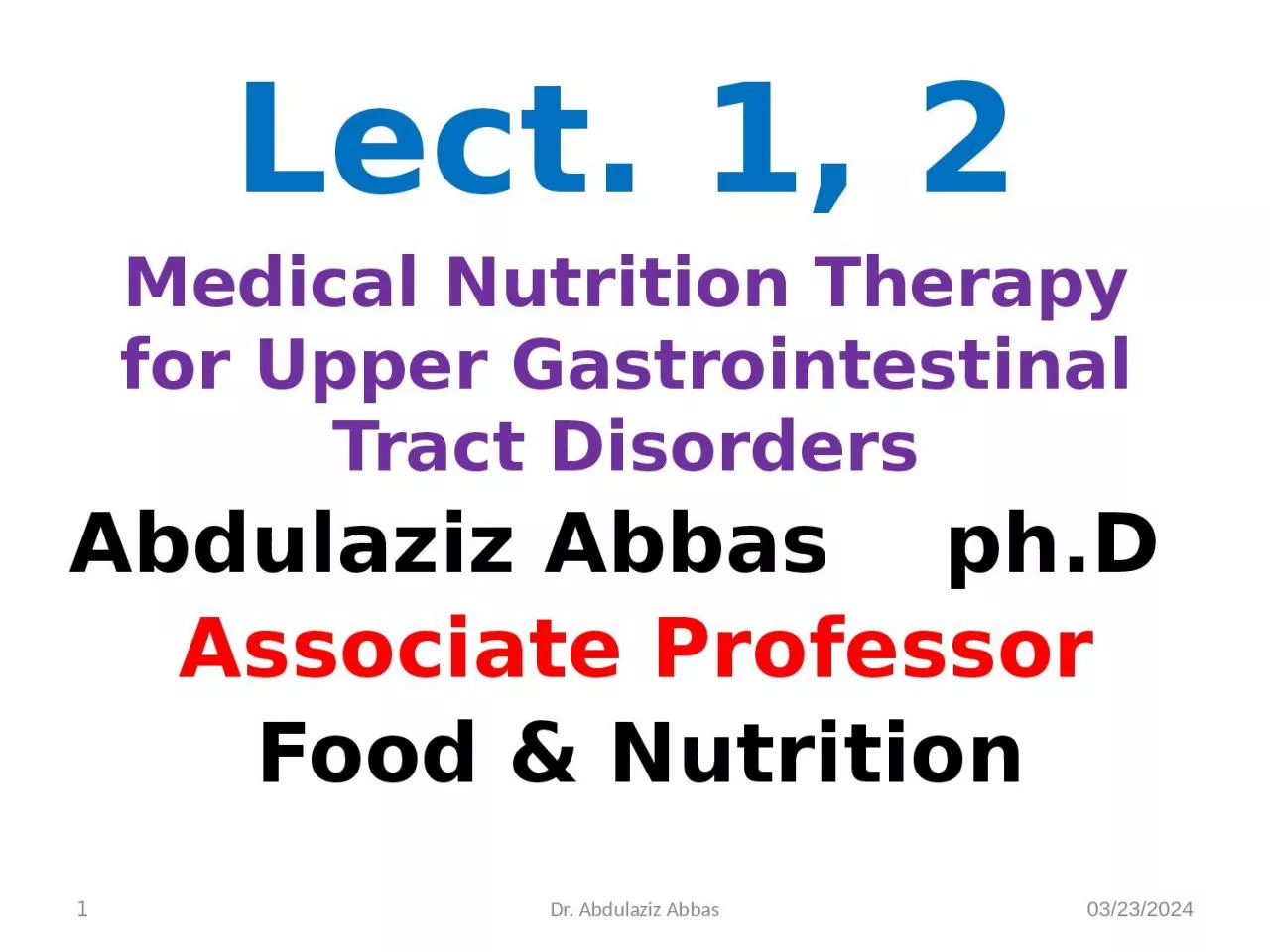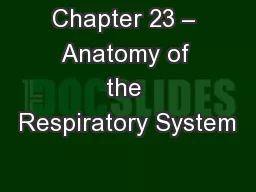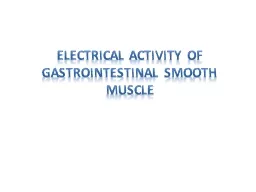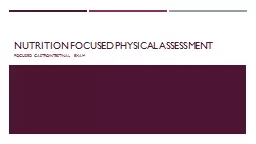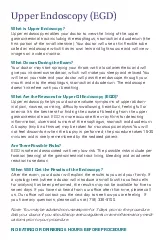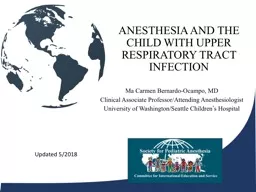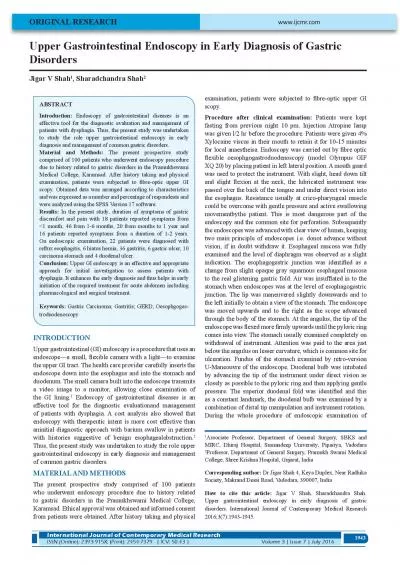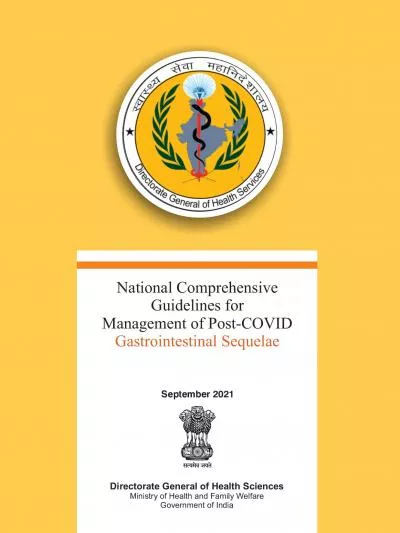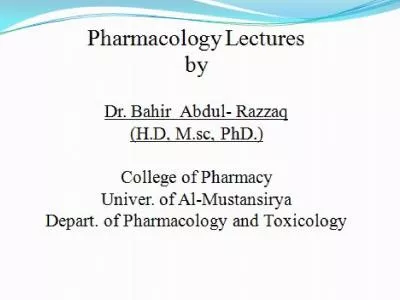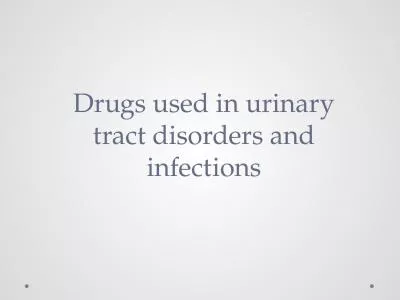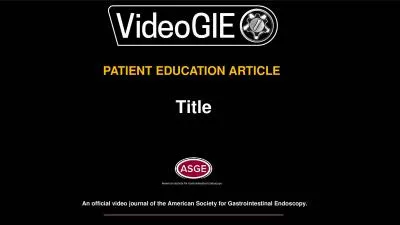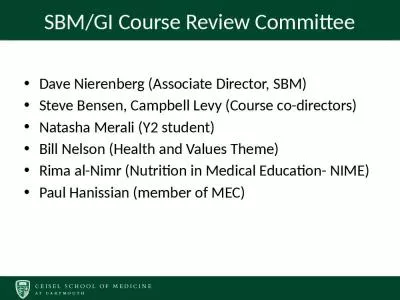PPT-6/12/2020 Lect. 1, 2 Medical Nutrition Therapy for Upper Gastrointestinal Tract Disorders
Author : winnie | Published Date : 2023-11-17
Abdulaziz Abbas phD Associate Professor Food amp Nutrition Dr Abdulaziz Abbas 1 Digestive disorders are among the most common problems in health care Between
Presentation Embed Code
Download Presentation
Download Presentation The PPT/PDF document "6/12/2020 Lect. 1, 2 Medical Nutrition ..." is the property of its rightful owner. Permission is granted to download and print the materials on this website for personal, non-commercial use only, and to display it on your personal computer provided you do not modify the materials and that you retain all copyright notices contained in the materials. By downloading content from our website, you accept the terms of this agreement.
6/12/2020 Lect. 1, 2 Medical Nutrition Therapy for Upper Gastrointestinal Tract Disorders: Transcript
Download Rules Of Document
"6/12/2020 Lect. 1, 2 Medical Nutrition Therapy for Upper Gastrointestinal Tract Disorders"The content belongs to its owner. You may download and print it for personal use, without modification, and keep all copyright notices. By downloading, you agree to these terms.
Related Documents

